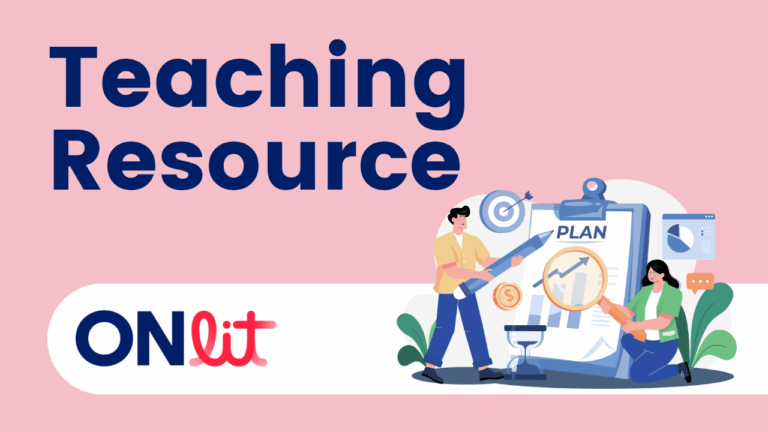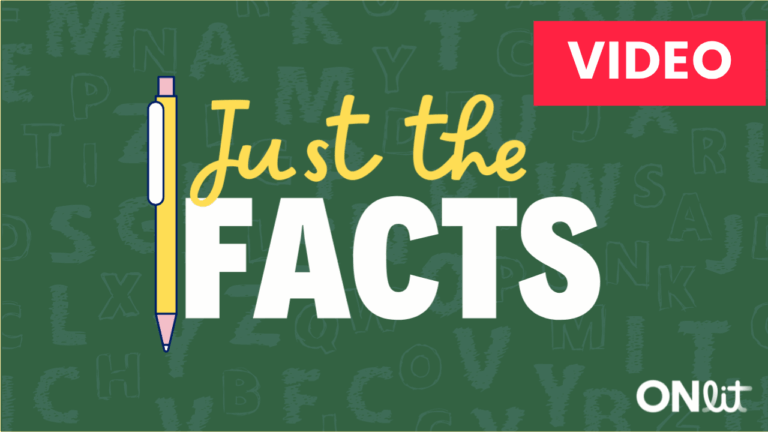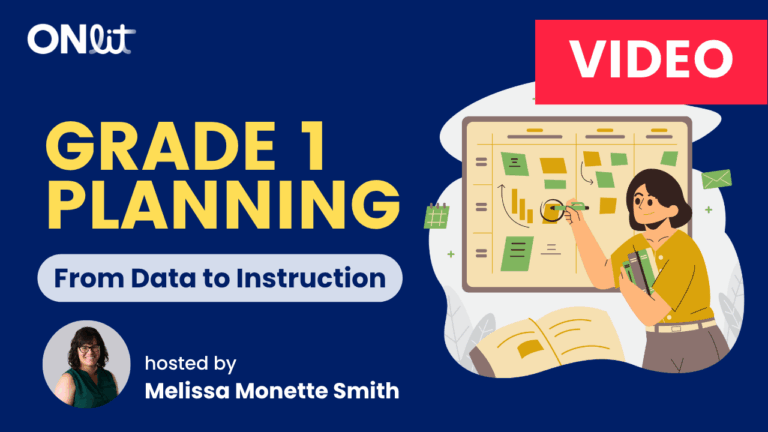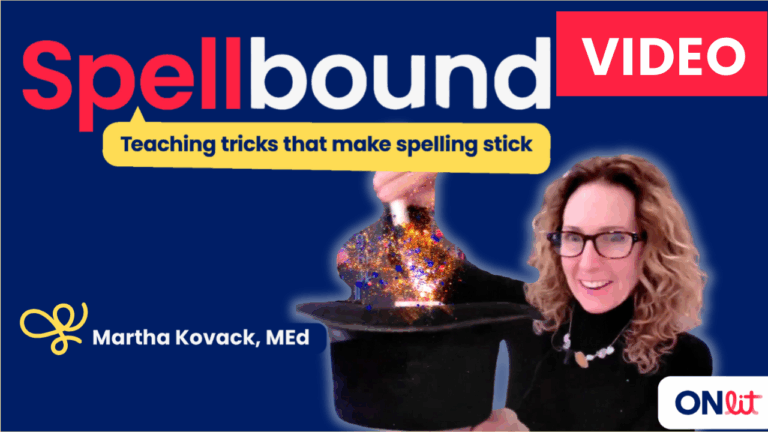Acadience Reading 7-8 Data Sheets
This resource is a digital tracking sheet designed for teachers using the Acadience Reading 7–8 assessment with Grade 7 and 8 students. It automatically calculates gate scores based on raw data, saving teachers time and reducing the chance of error. It’s especially helpful for Special Education Resource Teachers, Literacy Leads, or classroom educators who support…








